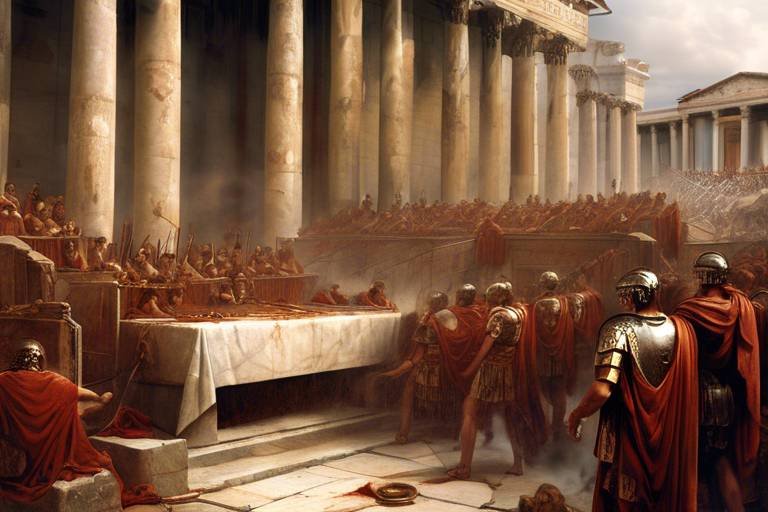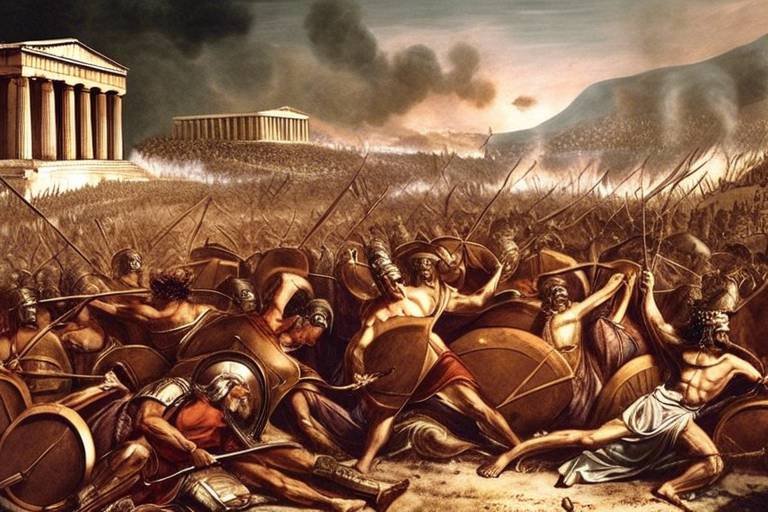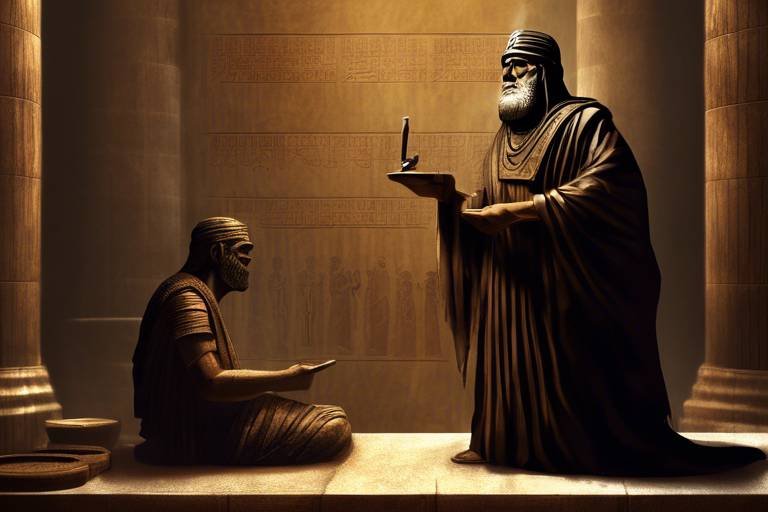Sumerians and the Dawn of Written History
The Sumerians, an ancient civilization that thrived in Mesopotamia, hold a pivotal role in the history of humanity. They stand as the pioneers of written history, igniting the flame of recorded knowledge that would illuminate the path for future generations. Imagine a time when words were not etched on paper but on clay tablets, when stories and laws were not passed down orally but meticulously inscribed for posterity. The Sumerians ushered in an era where thoughts could transcend time and space through the power of the written word.

Origin and Culture of the Sumerians
Exploring the ancient civilization of the Sumerians and their significant contributions to the development of writing, which marked the beginning of recorded history and laid the foundation for future civilizations to document their achievements and beliefs.
The Sumerians, one of the oldest known civilizations, emerged in the southern region of Mesopotamia, known as Sumer. Their culture flourished around 4500-1900 BCE, characterized by advanced agricultural techniques, intricate city planning, and a complex social hierarchy.
Living in city-states like Ur, Uruk, and Lagash, the Sumerians developed a sophisticated urban society with specialized labor divisions. They constructed monumental ziggurats, like the famous Ziggurat of Ur, as religious centers and administrative hubs, showcasing their architectural prowess and devotion to deities.
Moreover, the Sumerians introduced the world's first known writing system, cuneiform, around 3200 BCE. This script, inscribed on clay tablets, revolutionized communication, enabling the recording of laws, literature, and economic transactions. Their emphasis on education and scribe training ensured the widespread use of cuneiform for centuries.
In addition to their advancements in governance and infrastructure, the Sumerians were pioneers in mathematics and astronomy. They developed a numerical system based on the number 60, leading to the division of hours and circles into 60 units. Their astronomical observations laid the groundwork for later civilizations' celestial studies.
The Sumerian culture was deeply intertwined with religion, as evidenced by their elaborate temples and religious practices. The priests held significant power, acting as intermediaries between the people and the gods. Rituals, sacrifices, and festivals were integral to their spiritual beliefs, emphasizing the importance of divine favor for prosperity and protection.
- Q: What were the major contributions of the Sumerians to human civilization?
- A: The Sumerians pioneered writing with cuneiform, developed advanced mathematical concepts, and constructed impressive architectural structures like ziggurats.
- Q: How did Sumerian city-states function politically?
- A: Sumerian city-states were governed by kings who were assisted by councils of elders and priests. They had a hierarchical structure with distinct roles for rulers, administrators, and laborers.
- Q: What was the significance of cuneiform tablets in Sumerian society?
- A: Cuneiform tablets were used to record legal codes, religious texts, and economic transactions, providing valuable insights into Sumerian culture, beliefs, and daily life.
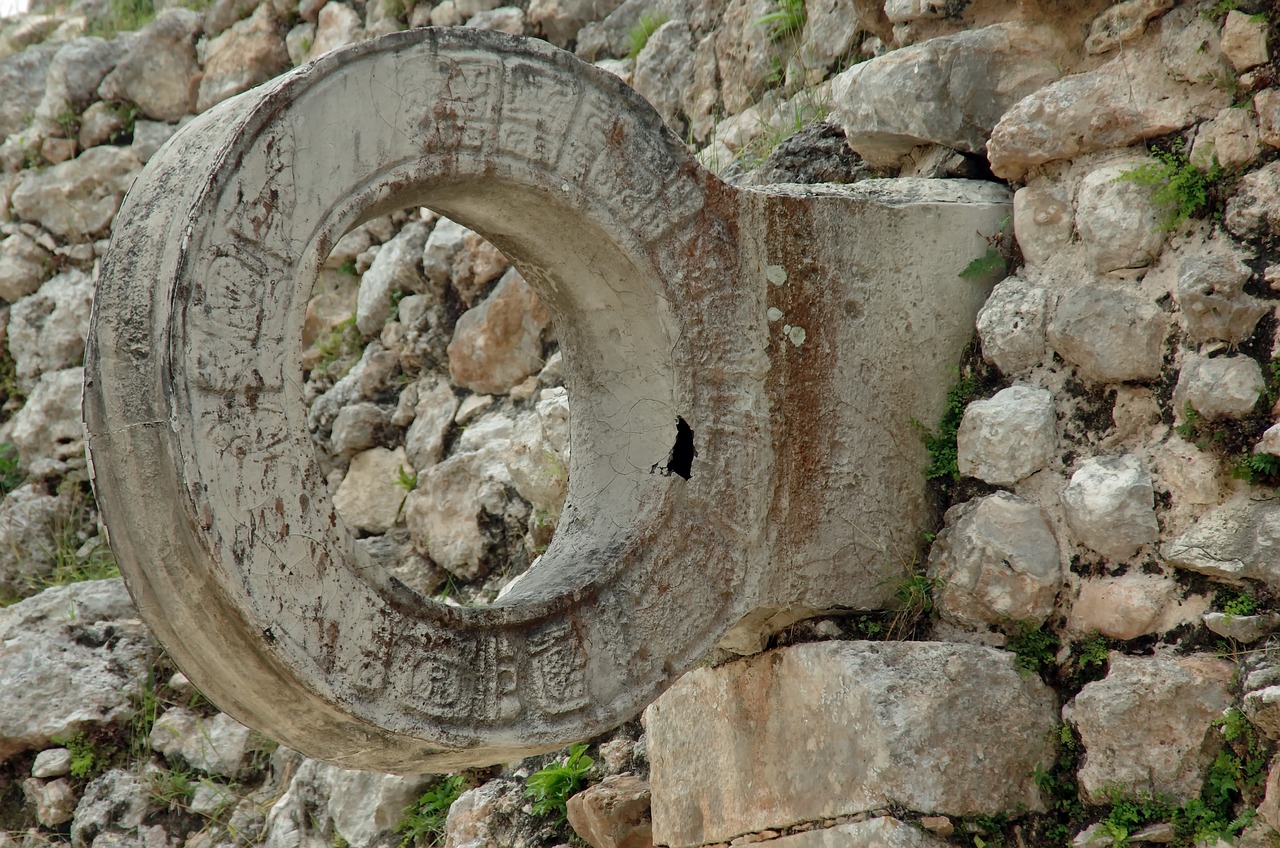
Development of Cuneiform Writing
The development of cuneiform writing by the Sumerians marked a groundbreaking advancement in human communication and record-keeping. Imagine a world where information was not readily accessible, where stories and knowledge were passed down orally, susceptible to alterations and loss. The Sumerians, residing in the fertile lands of Mesopotamia, changed this narrative by creating a system of writing that utilized wedge-shaped characters impressed on clay tablets.
Picture a scribe carefully etching symbols into wet clay, capturing the essence of spoken language in a tangible form. These cuneiform inscriptions were not mere scratches but a sophisticated means of communication, allowing for the recording of transactions, laws, and stories with precision and permanence.
Through the evolution of cuneiform script, the Sumerians laid the foundation for literacy and documentation, enabling the transmission of knowledge across generations. These clay tablets, inscribed with intricate characters, served as the primary mode of written communication, fostering the growth of administrative systems, legal codes, and literary works.
Furthermore, cuneiform writing was not limited to mundane records but extended to encompass religious texts, myths, and epics. It became a tool for preserving cultural heritage, beliefs, and rituals, offering a window into the spiritual world of the Sumerians and their reverence for deities.
As cuneiform script flourished, so did the influence of the Sumerians in shaping the course of human history. Their innovative approach to writing paved the way for future civilizations to develop more sophisticated forms of communication, leaving an indelible mark on the trajectory of human civilization.

Significance of Cuneiform Tablets
The in the history of the Sumerians cannot be overstated. These clay tablets inscribed with wedge-shaped characters played a crucial role in preserving the cultural, legal, and religious aspects of Sumerian society. Through cuneiform writing, the Sumerians were able to document their laws, rituals, myths, and everyday activities, providing a window into their civilization for future generations to decipher.
One of the most remarkable aspects of cuneiform tablets is their versatility. They were used for a wide range of purposes, from recording trade transactions and administrative documents to composing literary works and historical accounts. This multi-faceted nature of cuneiform writing highlights its importance as a tool for communication and record-keeping in ancient Mesopotamia.
Moreover, cuneiform tablets served as a means of education and transmission of knowledge within Sumerian society. Scribes meticulously inscribed these tablets with texts on various subjects, ensuring the preservation and dissemination of information across generations. The intricate details found on cuneiform tablets offer valuable insights into the intellectual and cultural achievements of the Sumerians.
Furthermore, the discovery and decipherment of cuneiform tablets by modern archaeologists have revolutionized our understanding of the ancient world. These tablets have provided researchers with primary sources to reconstruct the history, language, and beliefs of the Sumerians, shedding light on a civilization that laid the groundwork for future developments in writing and scholarship.

Sumerian City-States and Governance
The Sumerian civilization was characterized by its unique city-states and sophisticated governance structures. These city-states, such as Uruk, Ur, and Lagash, were independent political entities that encompassed not only the urban center but also the surrounding agricultural lands. Each city-state was ruled by a king, who was believed to have been chosen by the gods to lead the people.
Within the city-states, governance was organized hierarchically, with the king at the top, followed by nobles, priests, and scribes. The king held both political and religious power, acting as the intermediary between the gods and the people. Priests played a crucial role in religious ceremonies and maintaining the favor of the deities, while scribes were responsible for record-keeping, administration, and communication.
One of the key features of Sumerian governance was the development of a legal system based on a complex set of laws and codes. These legal codes, such as the famous Code of Ur-Nammu and the Code of Hammurabi, regulated various aspects of life, including property rights, marriage, and criminal behavior. The enforcement of these laws ensured order and stability within the city-states.
Moreover, the economy of the city-states was centered around agriculture, trade, and craft production. The fertile lands of Mesopotamia allowed for the cultivation of crops such as barley, wheat, and dates, which formed the basis of the Sumerian diet. Trade networks connected the city-states, facilitating the exchange of goods and resources.
Overall, the Sumerian city-states were complex societies with well-defined social structures and governance systems that laid the foundation for future civilizations in the region. Their innovative approach to governance, law, and economic organization set them apart as early pioneers of urban civilization.

Ziggurats and Temples in Sumerian Society
The Sumerian society was renowned for its architectural marvels, particularly the impressive ziggurats and temples that defined their spiritual and administrative landscape. Ziggurats, massive stepped structures resembling pyramids, were constructed as sacred sites dedicated to the worship of deities and the performance of religious rituals. These monumental edifices served not only as places of reverence but also as centers of education, where scribes were trained in the art of writing and record-keeping.
One of the most famous ziggurats is the Great Ziggurat of Ur, a massive terraced pyramid dedicated to the moon god Nanna in the city of Ur. This architectural masterpiece symbolized the Sumerians' devotion to their gods and their belief in the cosmic order. The intricate design of ziggurats, with their multiple levels and grand staircases, showcased the Sumerians' advanced engineering skills and their commitment to creating structures that connected the earthly realm with the divine.
Alongside ziggurats, temples played a vital role in Sumerian society as centers of religious activity, economic transactions, and administrative functions. These temples, often dedicated to specific deities, served as hubs of community life where offerings were made, ceremonies were conducted, and decisions were reached by the ruling elite. The E-abzu temple in Eridu, dedicated to the god Enki, exemplifies the architectural sophistication and spiritual significance of Sumerian temple complexes.
The layout of Sumerian temples typically included a central sanctuary where the divine statue resided, surrounded by courtyards, storage rooms, and living quarters for priests and priestesses. These temples were not only places of worship but also economic powerhouses, managing vast estates, agricultural production, and trade networks that sustained the city-state's prosperity. The priests and priestesses who oversaw these temples held considerable influence in Sumerian society, acting as intermediaries between the gods and the people.

Sumerian Contributions to Mathematics and Astronomy
The Sumerians, known for their remarkable advancements in various fields, made significant contributions to mathematics and astronomy that laid the foundation for future scientific developments. In the realm of mathematics, the Sumerians were pioneers in the development of the sexagesimal system, a base-60 numerical system that influenced the way we measure time and angles today. This innovative system, based on multiples of 60, allowed for more complex calculations and precise measurements, demonstrating their mathematical prowess.
Furthermore, the Sumerians excelled in geometry, using geometric principles to survey and design intricate architectural structures such as ziggurats and temples. Their understanding of geometric shapes and proportions enabled them to create awe-inspiring buildings that served as centers of worship and learning, showcasing their advanced mathematical knowledge applied in real-world contexts.
In the field of astronomy, the Sumerians were keen observers of the celestial bodies, meticulously recording the movements of the sun, moon, and stars. Their astronomical observations were crucial for developing calendars to track time accurately and predict celestial events. By studying the night sky, the Sumerians gained insights into the cyclical patterns of celestial bodies, laying the groundwork for future astronomical discoveries and advancements.
Moreover, the Sumerians' interest in astronomy extended to astrology, where they believed that the positions of celestial bodies influenced human affairs and natural events. Their astrological beliefs intertwined with their mathematical calculations, shaping their understanding of the universe and its interconnectedness with human life. The Sumerians' contributions to mathematics and astronomy not only enriched their own civilization but also left a lasting impact on the development of scientific knowledge for generations to come.

Legacy of the Sumerians in Mesopotamia
The legacy of the Sumerians in Mesopotamia is a testament to their enduring impact on the region and subsequent civilizations that followed. Through their innovations in writing, mathematics, and architecture, the Sumerians laid the foundation for the rich cultural tapestry of Mesopotamia and beyond. Their legacy can be seen in the advancements made by civilizations such as the Akkadians, Babylonians, and Assyrians, who built upon the knowledge and practices pioneered by the Sumerians.
One of the most significant aspects of the Sumerian legacy is their invention of writing, specifically the cuneiform script. This form of writing not only allowed the Sumerians to record their history and beliefs but also served as a template for future writing systems in the region. The cuneiform tablets left behind by the Sumerians provide invaluable insights into their daily lives, religious practices, and social structures, offering a window into the past for modern historians and archaeologists.
In addition to their contributions to writing, the Sumerians made significant strides in mathematics and astronomy. Their development of the sexagesimal system, based on the number 60, influenced mathematical calculations for centuries to come. Furthermore, their observations of the stars and planets laid the groundwork for future astronomical discoveries and theories, shaping the way we understand the universe today.
The architectural achievements of the Sumerians, particularly their ziggurats and temples, also left a lasting mark on Mesopotamia. These towering structures served as centers of worship, education, and administration, showcasing the Sumerians' dedication to their deities and the divine order of the cosmos. The design and construction of these buildings influenced the architectural styles of later civilizations in the region, demonstrating the enduring legacy of Sumerian craftsmanship.
Overall, the legacy of the Sumerians in Mesopotamia is a multifaceted tapestry of cultural, scientific, and architectural achievements that continue to resonate in modern society. By studying the contributions of the Sumerians, we gain a deeper appreciation for the development of human civilization and the interconnectedness of ancient cultures in shaping the world we live in today.
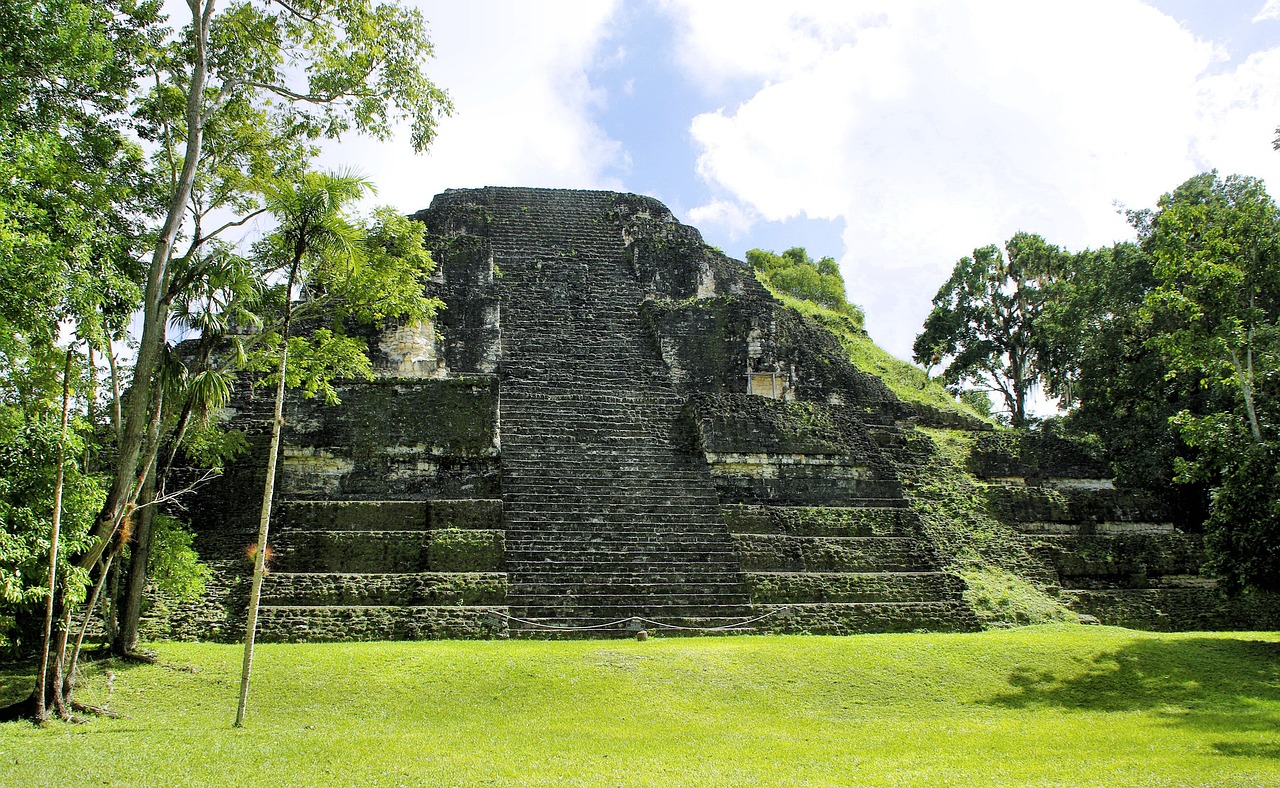
Enduring Influence of Sumerian Civilization
The enduring influence of the Sumerian civilization on modern society is truly remarkable. Their legacy in the development of writing, particularly the cuneiform script, has had a profound impact on communication and record-keeping. The Sumerians' architectural achievements, such as the construction of ziggurats and temples, continue to inspire awe and admiration for their advanced engineering skills and religious devotion.
Moreover, the Sumerians' contributions to mathematics and astronomy laid the foundation for scientific advancements in these fields. Their innovative sexagesimal system and geometric principles influenced later civilizations in their mathematical pursuits. Additionally, the Sumerians' observations of celestial bodies helped shape early astronomical knowledge and paved the way for future discoveries.
When we look at the enduring influence of the Sumerian civilization in Mesopotamia, we see how their cultural practices and inventions influenced neighboring societies like the Akkadians, Babylonians, and Assyrians. The Sumerians' legal codes, religious beliefs, and societal structures left a lasting imprint on the region, shaping the course of history for centuries to come.
Studying the Sumerians allows us to gain a deeper understanding of the development of human civilization. Their advancements in various fields, from writing to mathematics, demonstrate the ingenuity and creativity of this ancient civilization. By exploring the legacy of the Sumerians, we can appreciate their enduring influence on modern society and the significance of preserving and learning from the achievements of past cultures.
Frequently Asked Questions
- What is the significance of the Sumerian civilization?
The Sumerian civilization is significant for being one of the earliest complex societies in Mesopotamia, known for their advancements in various fields such as agriculture, architecture, governance, mathematics, and writing. They laid the foundation for future civilizations and their contributions have had a lasting impact on human history.
- How did the Sumerians contribute to the development of writing?
The Sumerians are credited with the development of cuneiform writing, the first known form of written communication in the world. This revolutionary script enabled them to record information, maintain administrative records, preserve literature, and pass down knowledge through generations. Their invention of writing was a pivotal moment in the history of human communication.
- What role did cuneiform tablets play in Sumerian society?
Cuneiform tablets were essential in Sumerian society as they were used to document legal codes, religious texts, literature, and other important information. These tablets provide valuable insights into the daily lives, beliefs, and societal structures of the Sumerians, serving as a primary source for historians to understand this ancient civilization.
- How did the Sumerians influence mathematics and astronomy?
The Sumerians made significant contributions to mathematics by developing the sexagesimal system, geometric principles, and making celestial observations. In astronomy, they studied the movements of celestial bodies and created calendars based on their observations. Their mathematical and astronomical knowledge laid the groundwork for future scientific advancements in these fields.
- What is the enduring legacy of the Sumerian civilization?
The enduring legacy of the Sumerian civilization can be seen in various aspects of modern society. From the legacy of cuneiform writing to the architectural achievements of their city-states, the Sumerians have left a lasting impact on human civilization. Their influence can be traced in subsequent civilizations in Mesopotamia and beyond.





